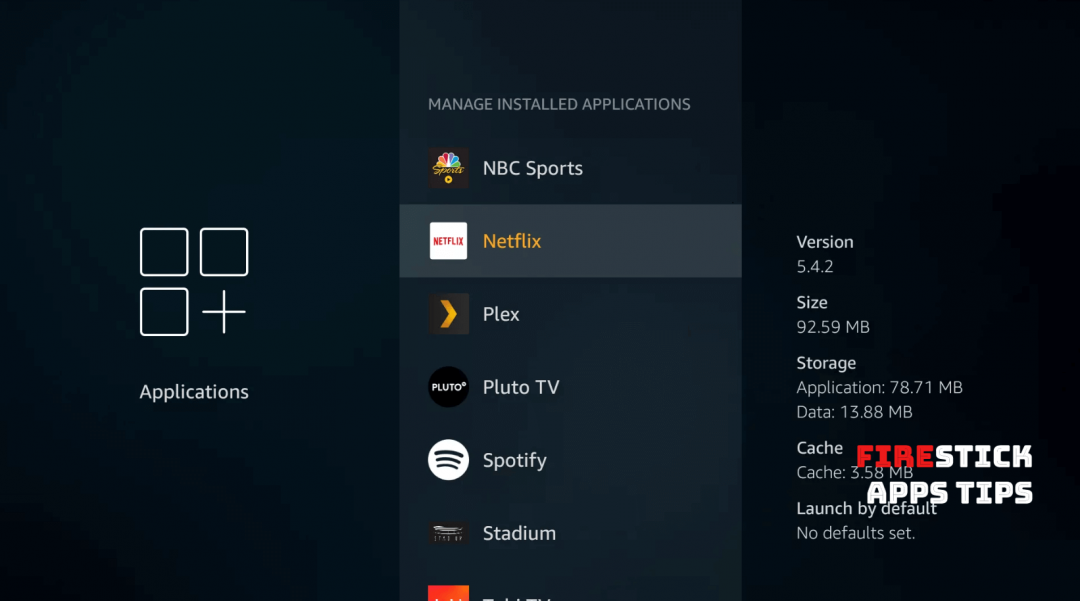


All unwanted files like these often occupy hundreds of megabytes of storage space, and the streaming device quickly runs out of storage. While 4.5GB is more than enough to install a few dozens of apps on Firestick, some apps also store redundant data and cache (e.g., cover art, subtitle files, catalogs, temporary files) for faster loading times and conserve internet bandwidth. On top of that, a firestick user only gets to use around 4.5GB, thanks to the Fire OS occupying almost 3.5GB of the total storage space. Although both the standard and 4K version of Firestick comes with an adequate amount of memory, it only comes with 8GB of internal storage. It gets exceptional support from both first-party video streaming services and the third-party app developing community, and you can play games on it, too. It packs moderately powerful hardware, as well as excellent software, which is optimized to provide lag-free media playback. Firestick is an excellent example in this regard.


 0 kommentar(er)
0 kommentar(er)
